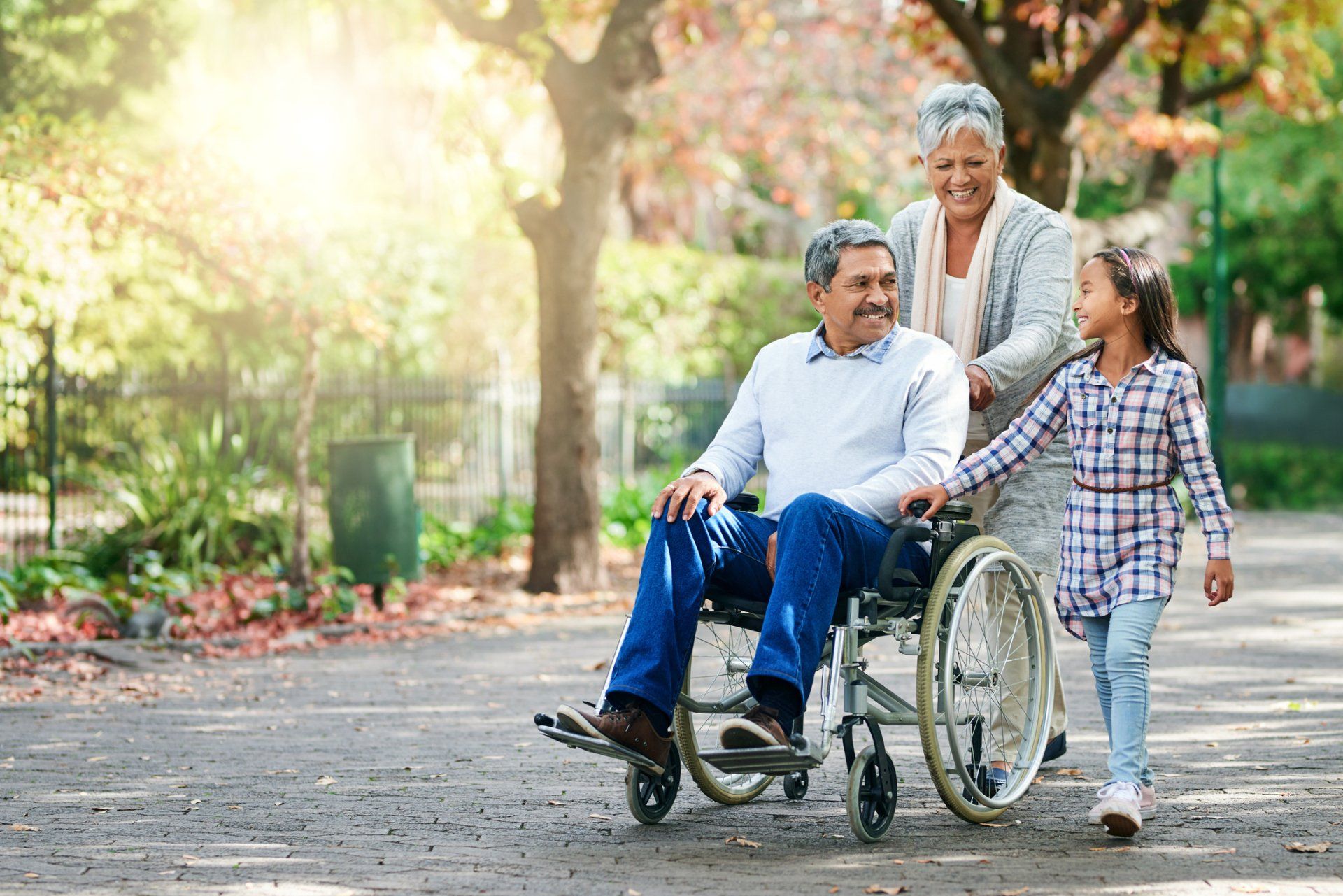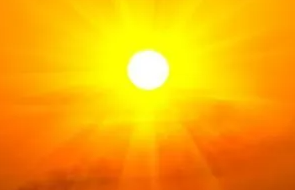What parents should know about dangers of bacterial contagion in breast pumps
What parents should know about dangers of bacterial contagion in breast pumps
BY CATHERINE PEARSON THE NEW YORK TIMES
The Centers for Disease Control and Prevention has issued a report urging parents and caregivers to carefully clean and sanitize breast pump equipment, after an infant died last year from a rare bacterial infection linked to a contaminated breast pump.
The baby, who was born preterm, was infected with cronobacter sakazakii, a bacterium that can cause fatal meningitis and sepsis in young infants, and that sparked a nationwide infant formula recall last year.
At the time he became ill, the infant was being treated in the neonatal intensive care unit, though he was stable and growing well on a combination of expressed breast milk and liquid human milk fortifier (which adds nutrients).
. Evidence of the bacteria was found in breast pump parts that were being used in the family home. -They were cleaned in a household sink, sanitized and sometimes reassembled while still moist.
Here's what we know about the bacteria and what parents and caregivers should know about cleaning breast pump parts between uses.
What is Cronobacter sakazakli?
Cronobacter sakazakii is a strain of Cronobacter, a germ that can live in the environment or in dry foods. Infections in babies less than 12 months old are often linked to powdered baby formula, which, unlike liquid formula, is not sterile.
Formula can become contaminated With the bacteria in the processing facility, where it can enter on the soles of shoes or on people's hands, or it can happen in the home.
In those cases, contamination can occur if container lids or scoops are placed on contaminated surfaces, like counters or sinks, or if the formula is mixed With contaminated water or in a contaminated bottle. Inadequate hand washing before preparing formula can also lead to infection.
The new CDC report includes a case in which a full-term baby became infected with Cronobacter sakazakii from an open can of powdered infant formula; that child made a full recovery after hospitalization.
What risk is posed to babies?
Though Cronobacter sakazakii is harmless for most children, babies younger than 2 months or those born prematurely or with weakened immune systems are more likely to develop serious complications if infected, including sepsis and meningitis.
"The younger you are or the earlier you're b6rn, the less mature your immune system is/ said Dr. Ann Kellams, a pediatrician with. UVA Health in Charlottesville, Virginia, and the president of the Academy· of Breastfeeding Medicine. "An exposure for a 12-month-old baby is potentially different.
The CDC estimates there are around 18 cases of inva-sive Cronobacter sakazakii infection (:meaning it has pro-gressed to a bloodstream infection or meningitis) each year in the United States, most of which stem from iso-lated instances of contami-nated infant feeding products and equipment at home. For context, there were more than 3.6 million babies born in the United States in 2021.
"Infections with Cronos bacter are rare and should not discourage or scare par-ents about feeding their infants," said Dr. Hailey Nel-son, a complex care pediatrician and lactation consultant with Valley Children's baby versus a 2-week-old Healthcare in Madera, California.

How to avoid contamination at home
Because Cronobacter saka-zakii is widespread in the environment, it is important that health care providers educate parents of babies in those higher-risk categories about the germ, the CDC says,
particularly if the babies are being fed powdered formula, pumped breast milk or a com- bination of the two.
When using powdered for-mula, the CDC recommends that caregivers wash their hands well before preparing bottles and clean and sanitize the area where they are making bottles. It is important to
clean and sanitize bottles beforehand, and to use water from a safe source. Keep the formula lid and scoop clean and dry and close the container immediately 'after use.
As for breast pumps, hospitals caring for babies born preterm or who are critically ill should give parents specific instructions for avoiding contamination, and send them home with a "dedicated basin'' for cleaning their supplies when they are discharged, the report says. In fact, the CDC warns all parents against placing pump, parts directly in the sink, as that can increase the risk of contamination.
But the CDC is not calling for any changes to its.recommended best practices for cleaning pump parts, which the agency says can either be done by hand or in the dis washer, if the pump kit manufacturer recommends it.
"Families should always break down their pump parts prior to washing," said Meghan Devine; a registered nurse, lactation consultant and clinical supervisor for the lactation program at Children's Hospital of Philadelphia. "They should wash their pump parts in hot, soapy water and rinse thoroughly between every pumping session. Families should also sanitize the pump parts once daily by boiling the parts, using a sanitizing microwave bag or using the sanitizing setting on their dishwasher."



